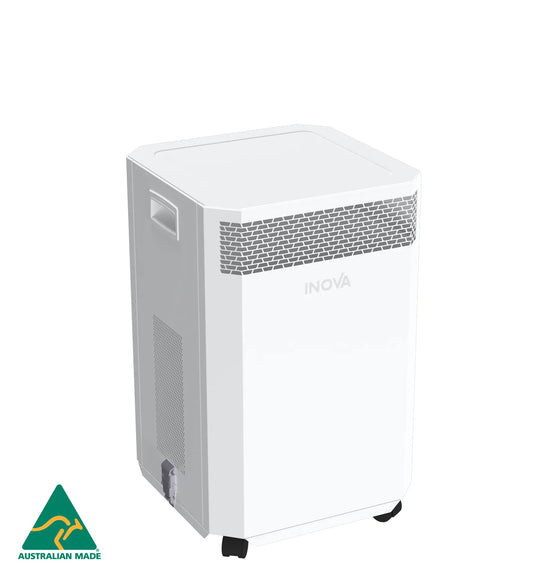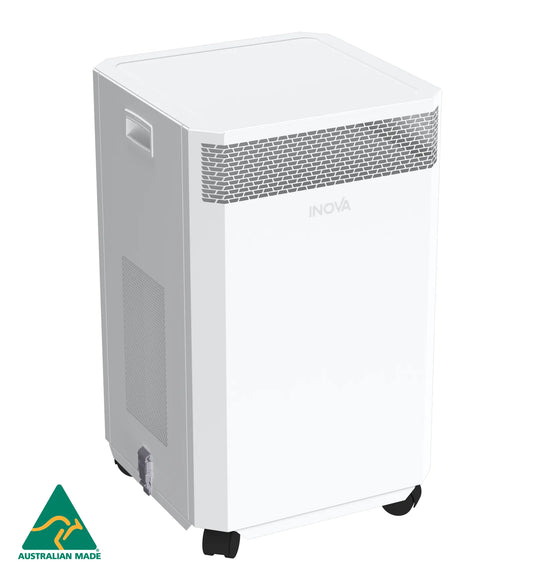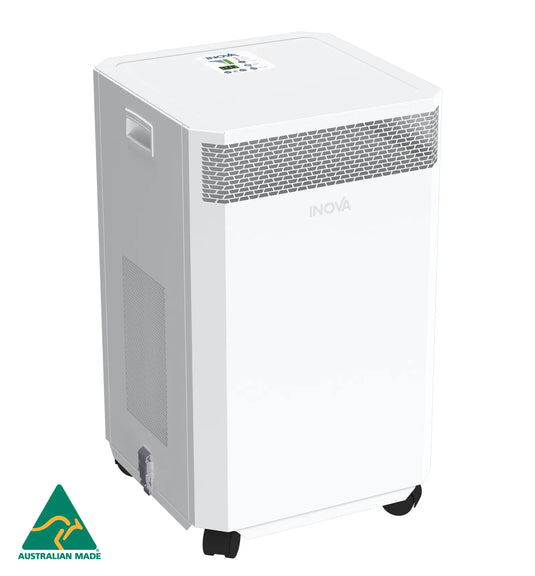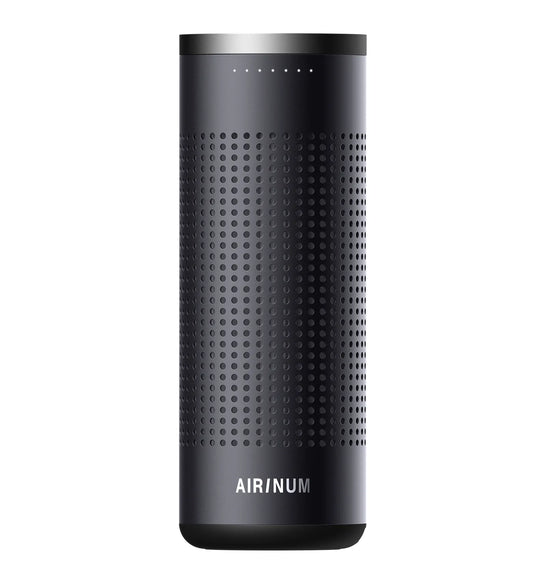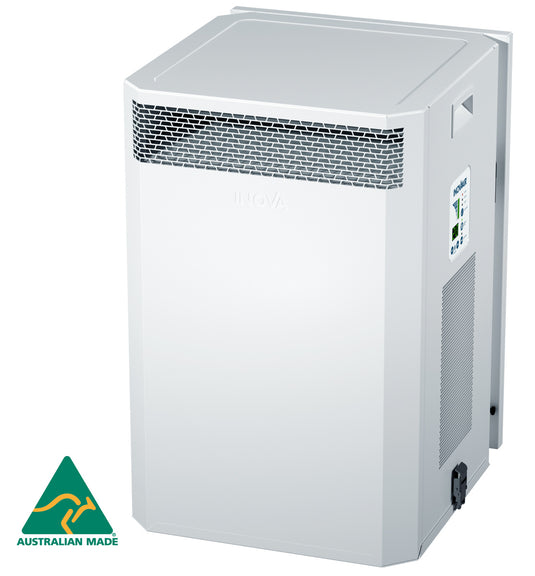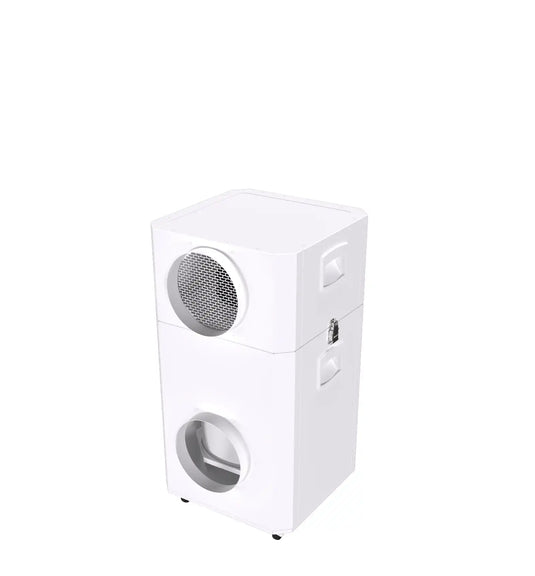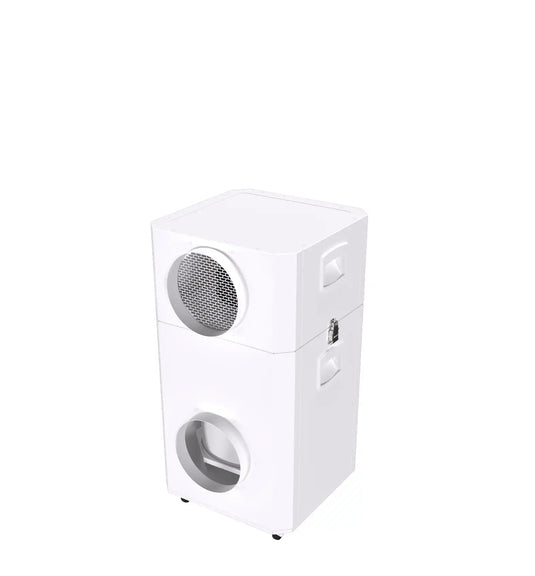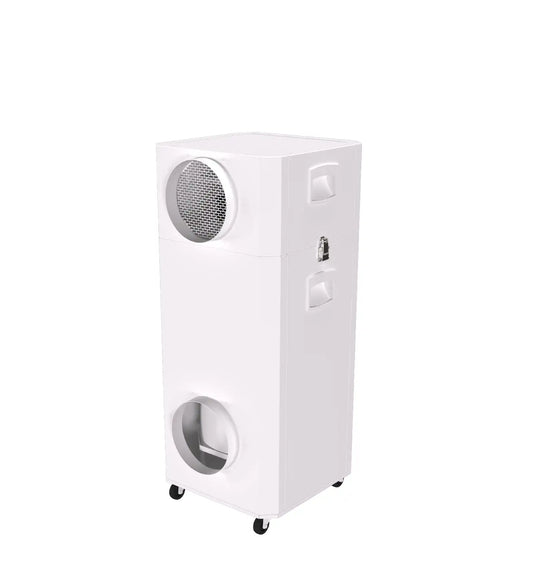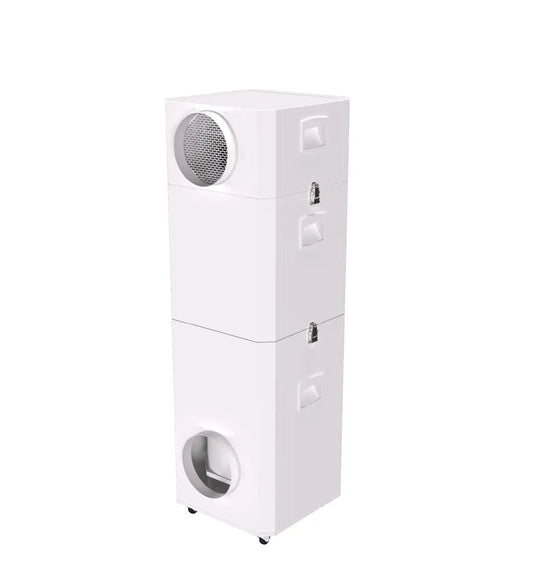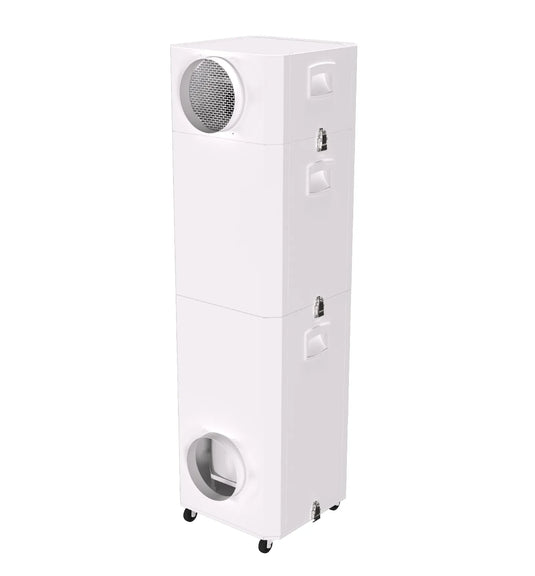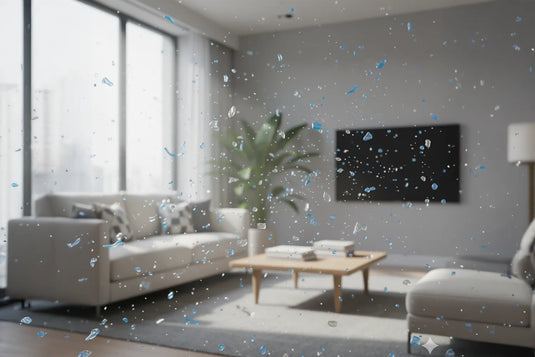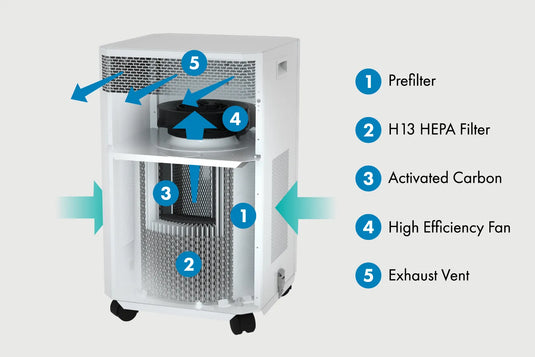New evidence supports airborne spread of Coronavirus (COVID-19)
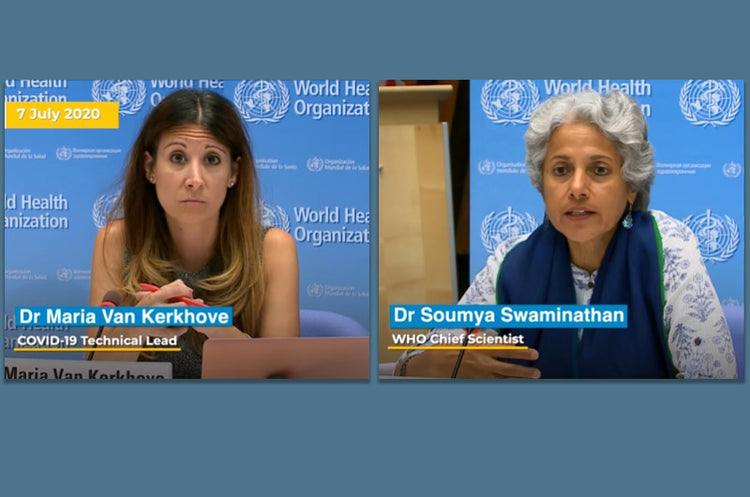
The World Health Organization (WHO) has been confronted by more than 230 scientists from over 30 countries with new information regarding COVID-19. In a paper coming soon titled “It is Time to Address Airborne Transmission of COVID-19,”¹ these scientists present their research regarding the airborne capabilities of the virus and raise awareness about how the virus can spread indoors through aerosols that linger in the air. Until now, WHO has denied such claims and has only focused on the spreading through large water droplets that are expelled when an infected individual coughs or sneezes into the open air.
However, the research these scientists are presenting appears to show a link between aerosols becoming and remaining airborne for some hours. Not only does the virus attach to these water droplets which fall to the floor, but they also attach to very tiny respiratory particles that can remain suspended in the air and travel up to 8 meters.3
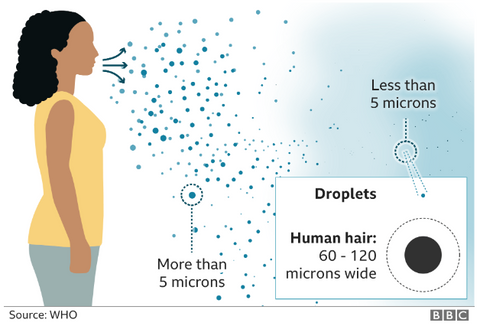
Professor Morawska of Queensland University of Technology (QUT) says scientists have demonstrated "beyond any reasonable doubt" that those tiny respiratory particles pose a risk up to 8 meters, thus making the 1.5-meter social distancing rule insufficient.⁴
WHO has said that more research into the airborne risk is needed before they can confirm or deny its spreading outside of a healthcare environment.
International Filtration News, " COVID-19 Update," 7/12/20207
WHO recommends a ventilation rate of at least 288 m³ /h per person, this high level requires the use of either natural or mechanical ventilation systems.³ As quoted in a recent National Centre for Biotechnology Information (NCBI) article, “for COVID-19 patients, or suspected cases, who are being quarantined at home, using air purifiers can also reduce the exposure of those in the same households to the virus-laden aerosols, thus reducing the risk of household infection.” 6
In regards to filtering the air, air purifiers which utilise medical-grade HEPA can assist in a similar way to ventilation by filtering ultra-fine aerosol droplets from the air.
H13 medical-grade HEPA filters have a minimum 99.95% filtration rate for particles including aerosols of 0.3 < microns.
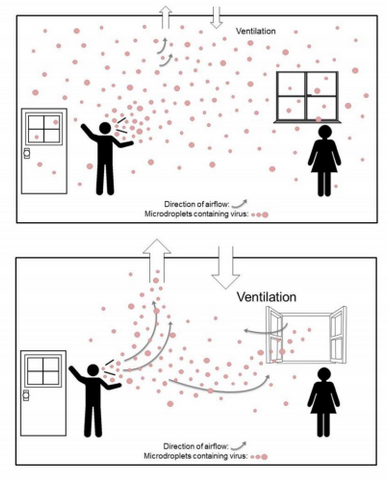
"It is Time to Address Airborne Transmission of COVID-19" by Lidia Morawska and Donald Milton1
The recent study has forced WHO to reconsider the airborne transmission of infected particles and increased public awareness on the subject. The need for effective air filtration to protect against the airborne spread of viruses including COVID-19 has also been highlighted by New York State's decision to make compulsory in shopping centres HEPA filters in air conditioning systems.
Like face masks, it is now becoming more widely accepted in the scientific community that filtering the air is important in helping to reduce the spread of COVID-19.
At InovaAir Australia, we have supplied a number of hospitals and healthcare settings with medical-grade HEPA air purifiers to assist with filtering ultra-fine particles and aerosols.
To learn more about how HEPA filters work in air purifiers and what to consider if you are looking to purchase one please read our blog on "The facts about HEPA filters in air purifiers."
References
- https://academic.oup.com/cid/article/doi/10.1093/cid/ciaa939/5867798
- https://www.abc.net.au/news/2020-07-09/eyes-on-victoria-borders-closed-qld-nsw-sa-wa-tas-nt/12440666
- https://www.bbc.com/news/world-53329946
- https://www.abc.net.au/news/2020-07-06/aerosol-transmission-of-covid-19/12425852
- https://www.washingtonpost.com/world/europe/coronavirus-airborne-spread-world-health-organization/2020/07/05/9de19c38-bed8-11ea-b4f6-cb39cd8940fb_story.html
- https://www.ncbi.nlm.nih.gov/pmc/articles/PMC7180358/
- https://www.filtnews.com/covid-19/

